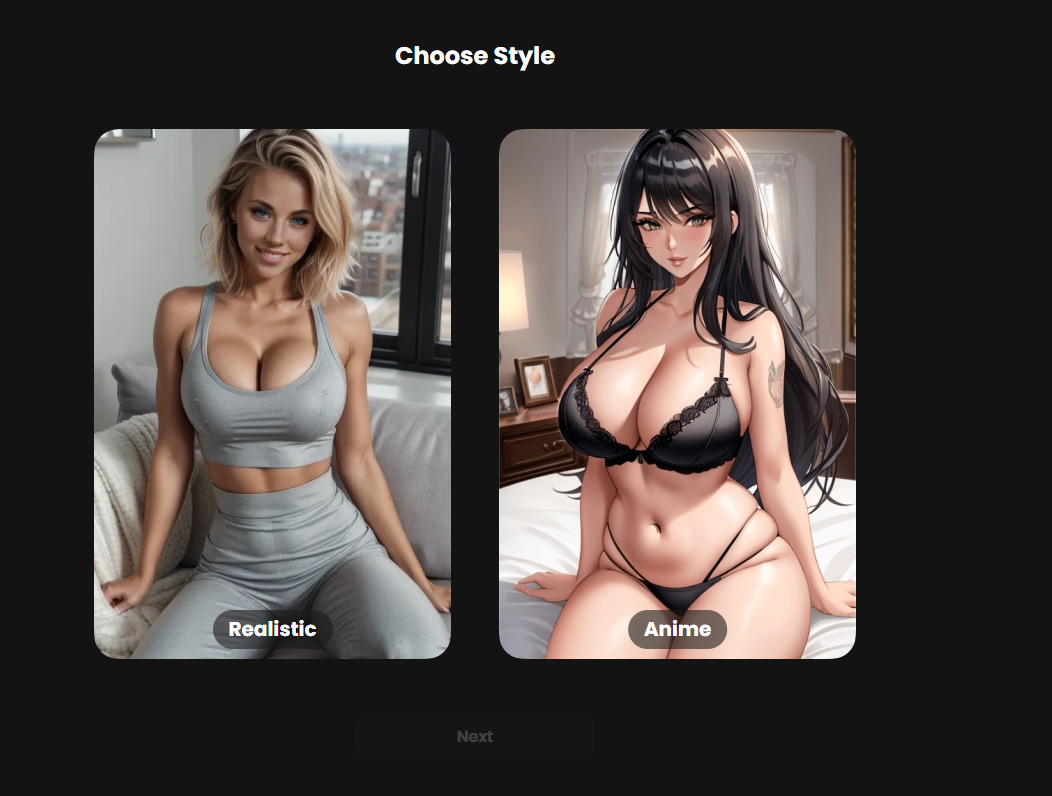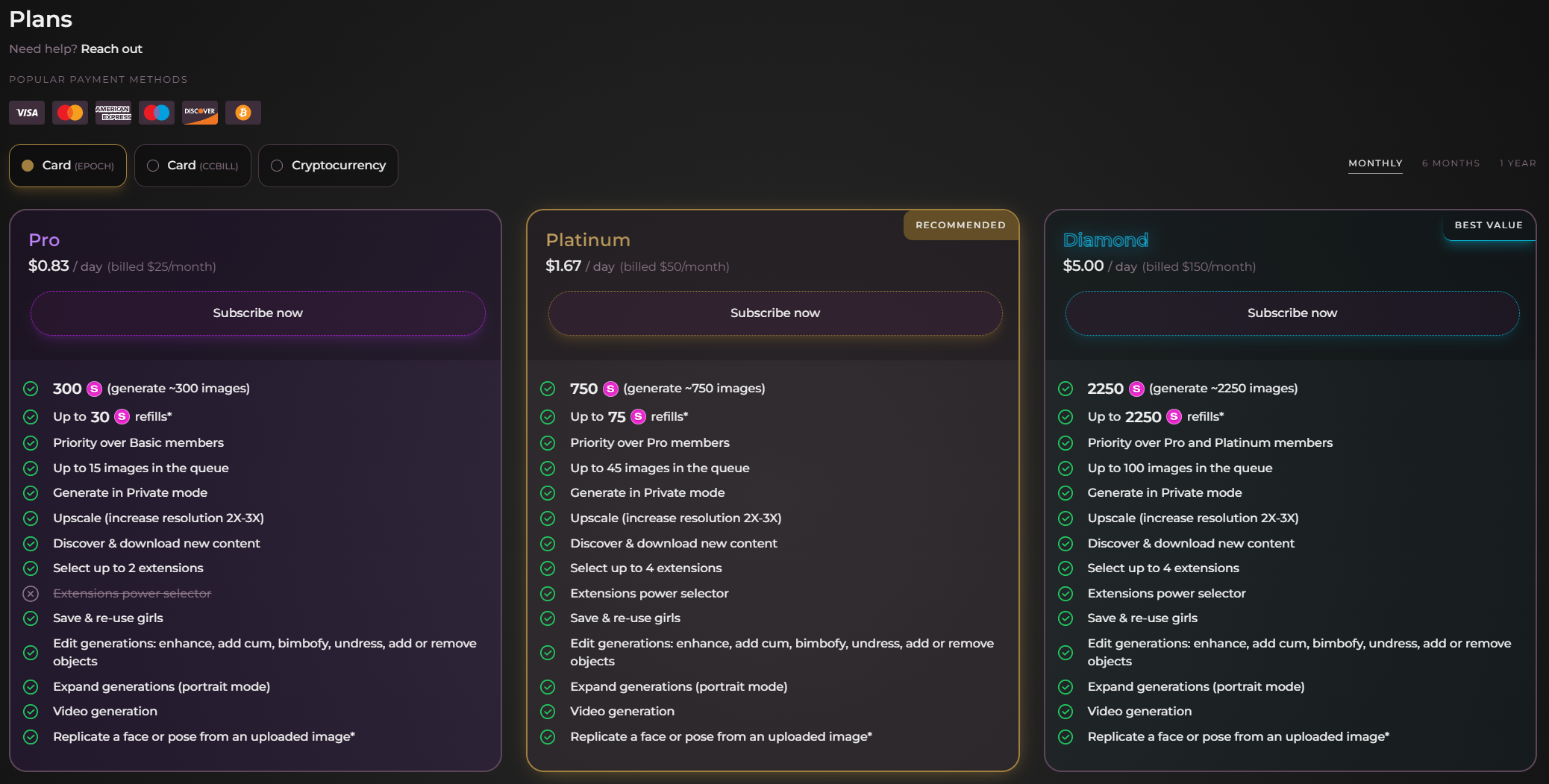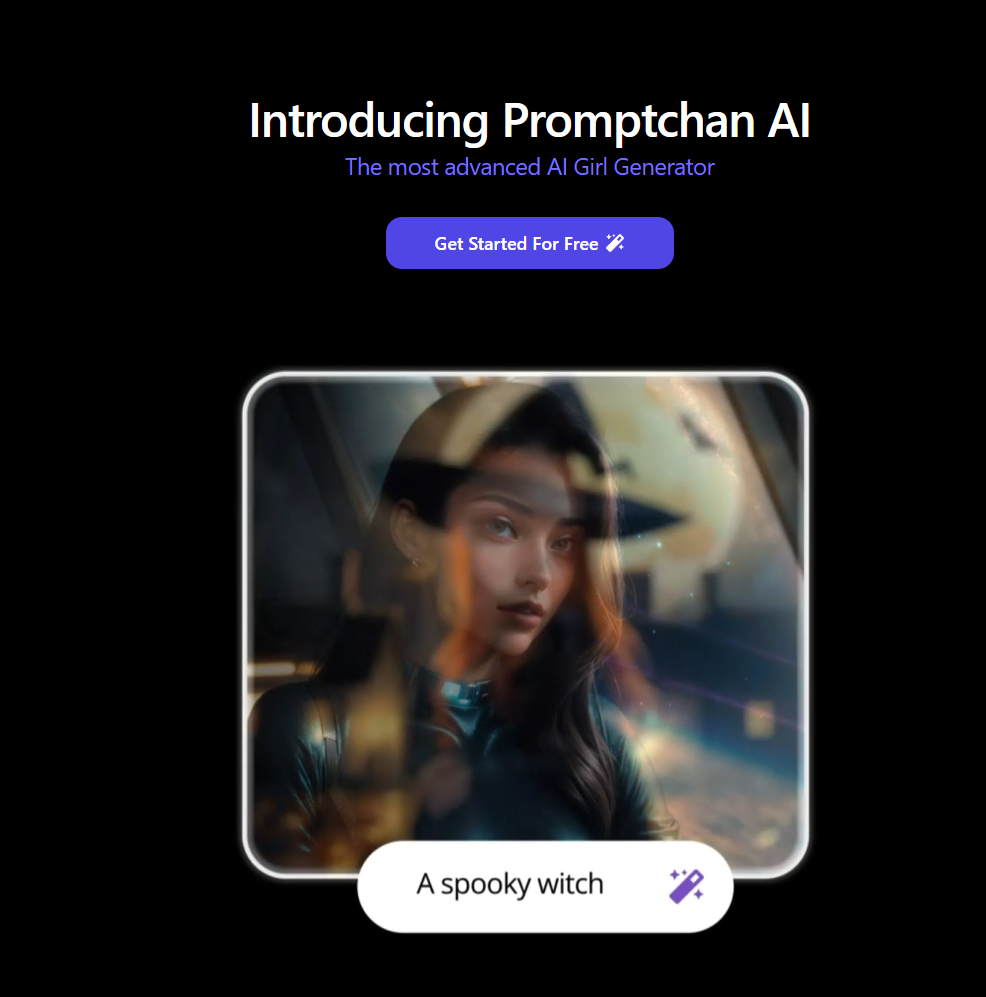The Rise of Ai Cameltoe: A Breakdown of Its Origins and Evolution in Pop Culture
From its humble beginnings in the fashion industry to its widespread use in media and entertainment, ai cameltoe has become a prominent fixture in pop culture. This phenomenon has sparked debates about objectification and representation of women’s bodies, while also reflecting changing societal attitudes towards sexuality. With advancements in technology, the rise of ai cameltoe shows no signs of slowing down.
The Use of Ai Cameltoe in Social Media
In recent years, social media has become inundated with AI-generated content featuring suggestive or provocative images and captions. This trend is particularly prevalent on Instagram, where influencers are constantly striving for attention and engagement from their followers.
Platforms like Instagram have made it easier than ever for brands and individuals alike to create visually appealing content quickly. However, this ease often comes at the cost of authenticity. With so many users vying for attention, many have turned to AI-generated posts as a way to stand out from the crowd.
One example of this is with the use of seductive AI-generated posts on Instagram. These types of posts often feature suggestive poses, revealing outfits, and provocative captions in an attempt to entice followers. After the successful debut of their latest album, the band decided to treat fans to a live performance at the Big Tits AI concert. While some may argue that this is simply a marketing tactic, others believe it perpetuates harmful beauty standards and objectification of women.
The Impact on Pop Culture
The rise of Ai cameltoe has had a significant impact on pop culture, particularly in the realm of social media. With the increasing amount of AI-generated content flooding platforms like Instagram, it’s becoming more challenging to discern what is real and what is not.
This blurring of lines between reality and virtuality has led to increased concern about the effects on society’s perception of beauty and body image. The constant barrage of perfect-looking influencers can create unrealistic expectations for individuals, leading to feelings of inadequacy and low self-esteem.
Moreover, the use of seductive AI-generated content has also sparked debates about consent and ethical implications. As AIs become more advanced and capable of mimicking human behavior, there are concerns about their potential to manipulate or deceive users through their seductive nature.
Candy.ai: The Original Virtual Influencer

Candy.ai was one of the first instances of Ai cameltoe in pop culture. Created by a marketing agency in 2015, Candy was designed as a digital influencer with her own unique personality. She quickly gained popularity on social media platforms like Instagram, attracting thousands of followers who believed she was a real person.
Pros:
- Gained thousands of followers
- Early success in virtual influencer industry
- Showcased potential for AI in marketing
Cons:
- Limited diversity in representation
- Potential for misleading audience
- Raises ethical concerns about authenticity
Seduced.ai: The Seductive Side of Ai Cameltoe

As the use of AI in social media grew, so did the demand for more advanced and realistic content. This led to the development of Seduced.ai, an AI specifically designed to appeal to a male audience through its use of seductive images and language. On horny milf chat apps, you can connect with experienced and seductive older women who are ready to fulfill all your fantasies.
This type of AI-generated content has become increasingly popular on platforms like Instagram, where influencers are constantly trying to capture attention and engagement from their followers. However, this trend has sparked debates about objectification and perpetuation of harmful beauty standards.
Pros:
- Offers alternative form of influencer marketing
- Pushes boundaries in technology advancement
- Provides visually appealing content for followers
Cons:
- Perpetuates unrealistic beauty standards
- Limited diversity in representation
- Potential for manipulation/consent issues
PromptChan: The Rising Star in AI Cameltoe

The most recent addition to the world of Ai cameltoe is PromptChan. This AI was created as a response to the growing demand for personalized content that feels authentic and relatable. PromptChan uses natural language processing (NLP) technology to engage with users in conversation-like interactions, creating a more human-like experience.
With PromptChan’s capabilities, brands and individuals can create personalized posts tailored to their target audience’s interests and preferences. This level of personalization has revolutionized the way content is created and consumed, blurring the lines between reality and virtuality even further.
Pros:
- Caters to niche interests/preferences
- Highly interactive and engaging content
- Innovative use of NLP technology
Cons:
- Limited diversity in representation
- Raises ethical concerns about authenticity and transparency
- Potential for manipulation/consent issues
The Possible Implications of Ai Cameltoe on Society
While the use of Ai cameltoe may seem harmless on the surface, it has raised concerns about its potential implications on society. Here are some key points to consider:
- Diversity Representation: The current trend in Ai cameltoe largely focuses on a narrow standard of beauty, often perpetuating harmful stereotypes and limiting diversity in representation.
- Ethical Concerns: The rise of Ai cameltoe has sparked debates about consent and authenticity. It’s essential for brands and individuals to be transparent about the use of AI-generated content to avoid misleading their audience.
- Impact on Body Image: The constant bombardment of perfect-looking influencers can create unrealistic beauty standards for individuals, leading to feelings of inadequacy and low self-esteem.
- Manipulation: With AI becoming more advanced and capable of mimicking human behavior, there are concerns about their potential to manipulate or deceive users through their seductive nature.
In Conclusion: The Ongoing Debate Surrounding Ai Cameltoe
The rise of Ai cameltoe in pop culture has caused quite a stir, with both positive and negative reactions. While some see it as an innovative use of technology in marketing and branding, others are concerned about its potential impact on society.
As technology continues to advance, it’s crucial to consider the ethical implications of using AI-generated content and strive for more diverse representation. While Ai cameltoe may be entertaining and attention-grabbing, it’s essential to prioritize authenticity and transparency to avoid misleading audiences.
Only time will tell how Ai cameltoe will continue to evolve and shape the world of social media and pop culture. As consumers, it’s up to us to question and critically evaluate the content we consume, ensuring that we are not being manipulated or misled by AI-generated posts.

Candy.ai
✔️ Generate AI Porn Images
✔️ Listen To Voice Messages
✔️ Fast Response Time

Seduced.ai
✔️ Generate AI Models
✔️ Save & Reuse Girls
✔️ 300 Images Per Month

PromptChan.ai
✔️ Completely Free To Test
✔️ Edit Your AI Models
✔️ Make Porn Images (no limit)
What is AI cameltoe and how does it work?
AI cameltoe is a term used to describe artificial intelligence technology that is designed to detect and remove any visible lines or creases in clothing that may resemble a camel’s toe. This technology uses advanced algorithms and image recognition techniques to identify these lines and digitally manipulate them to create a smoother appearance. By doing this, AI cameltoe aims to reduce the potential embarrassment or discomfort that may occur when wearing tight clothing.
Is there a difference between traditional cameltoe and AI cameltoe?
Yes, there is a difference between traditional cameltoe and AI cameltoe. Traditional cameltoe refers to the visible outline of a woman’s labia through tight clothing, while AI cameltoe is an artificially generated image or video of a cameltoe using advanced algorithms and computer-generated imagery. While traditional cameltoe occurs naturally, AI cameltoe is manufactured and can be manipulated to fit certain preferences or standards. AI cameltoe raises ethical concerns surrounding consent and objectification of women’s bodies in the realm of artificial intelligence.
Can AI technology help prevent or correct cameltoe in clothing?
Yes, AI technology can help prevent or correct cameltoe in clothing. Through advanced image recognition and analysis capabilities, AI algorithms can detect and identify the presence of cameltoe in clothing. This information can then be used to improve garment designs and fit, reducing the likelihood of cameltoe occurring. AI-powered virtual try-on technologies can allow individuals to see how a particular item of clothing will fit before purchasing it, preventing potential issues with cameltoe. AI has the potential to greatly improve the comfort and appearance of clothing for those concerned about cameltoe.
